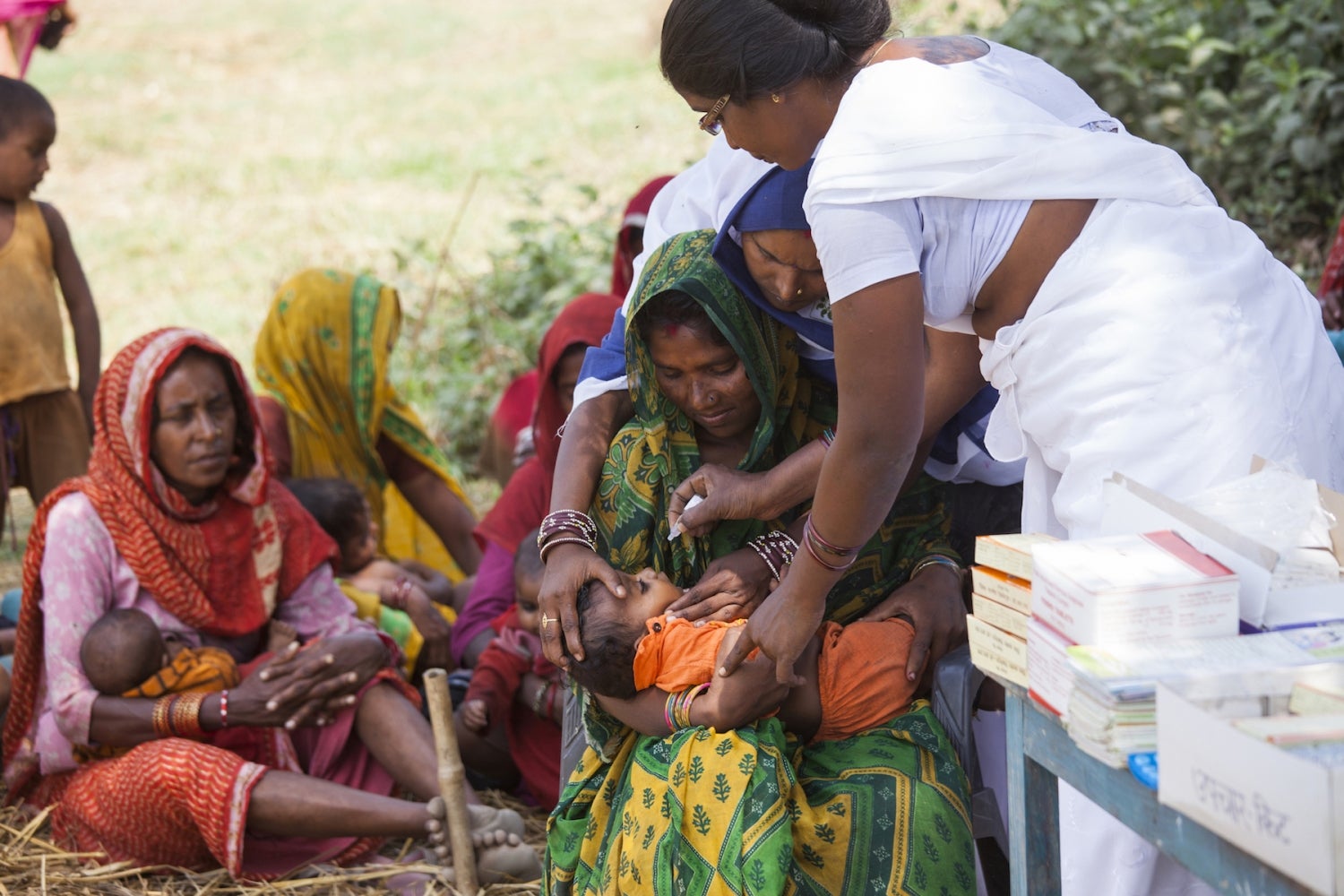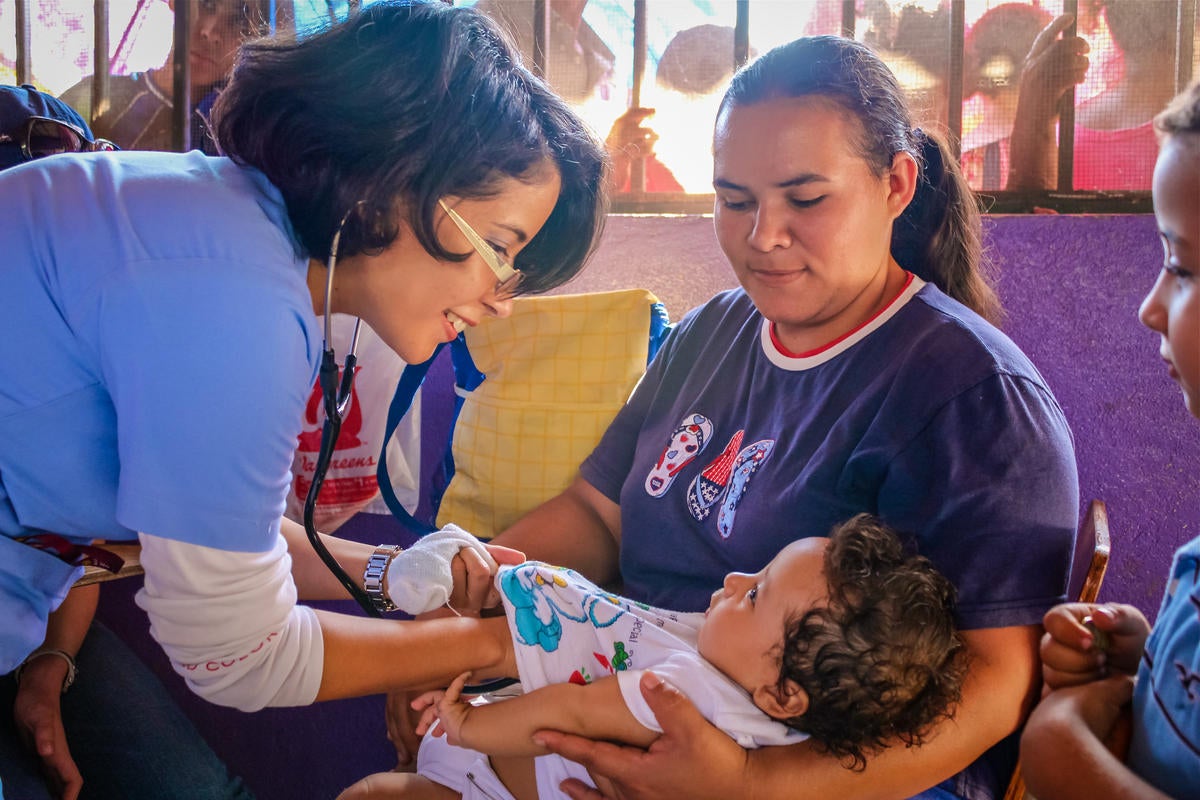Tanahashi framework:
The Tanahashi Framework examines health service coverage as an interactive process between a health service (a specific service intended to meet a health need of a population, in this case, primary care) and its target population through five successive dimensions: availability, accessibility, acceptability, contact, and effectiveness.12 The percentage of the target population with effective coverage depends on coverage reached in the earlier dimensions.1 Effective coverage depends on the health service’s level and quality of interaction with the target population at each dimension and its ability to transform these interactions into a successful health intervention.1While some dimensions of the Tanahashi Framework overlap with other components of the PHCPI framework, it is a useful conceptual model for assessing patient-perceived access to care and pathways to comprehensive primary care delivery for all. Using population-specific analysis, the Framework evaluates the bottlenecks and facilitators that subpopulations experience as a way to help identify why some subpopulations access and benefit from the health system and why others do not.1 These barriers and facilitators are influenced by health system barriers and wider contextual issues in which people live, work, and age.2 In this way, the Framework highlights the importance of evaluating access experiences of different sub-populations, including those related to socioeconomic or cultural factors.
Evaluating barriers and facilitators at each dimension helps to identify operational bottlenecks, the constraining factors responsible for creating these bottlenecks, and ways forward for effective primary care delivery12. For example, implementers can use the Tanahashi framework to understand how different health systems and contextual barriers may preclude access to high-quality care. Implementers might consider the following barriers to effective coverage at each dimension:
- Availability: subpopulation for whom the service is available, consider availability of resources (adequately skilled personnel, availability of services and health education for different diseases, necessary inputs)
- Accessibility: subpopulation who can use the service, consider opportunity-costs lost (e.g. child-care, work), limited autonomy, decision-making capacity, transport cost and availability, schedules and opening times
- Acceptability: subpopulation willing to use the service, consider cultural beliefs (are these at odds with the service and the ability of a subpopulation to access effective coverage), gender responsiveness of services (e.g. same-sex provider where desired), risk of social stigmatization or discrimination from the provider, family, or community
- Contact: subpopulation using the service, consider utilization
- Effectiveness: subpopulation receiving effective care, consider the capacity for treatment adherence (patient compliance ability, poor patient-provider relationships, gender roles and social conditions preventing follow-up and management), barriers in diagnostic accuracy (linked to knowledge of the condition and inputs), barriers in health service delivery (poor provider training, poor accountability systems, weak referral systems)
While this example focuses on barriers to accessing effective coverage, it is also important to also note the facilitators that certain subpopulations experience relative to others, to better analyze disparities in comprehensive and equitable health primary care coverage.
INNOV 8:
Although not specific to financial, geographic, or timely access, the WHO has developed an approach for evaluating inequities in national health programs, called Innov8.3 In this model, a multidisciplinary team of stakeholders reviews a national health program with attention to barriers and inequities. The eight-step review process includes:
- Step 1: Complete a diagnostic checklist
- Step 2: Understand the program theory
- Step 3: Identify who is being left out by the program
- Step 4: Identify the barriers and facilitating factors that subpopulations experience
- Step 5: Identify mechanisms generating health inequities
- Step 6: Consider intersectoral action and social participation as central elements
- Step 7: Produce a redesign proposal to act on review findings
- Step 8: Strengthen monitoring and evaluation
The eight steps, their development, specific tools to complete the steps, and examples of application are discussed in greater detail in the technical handbook. This method may be useful for stakeholders to understand the landscape of inequities of access before implementing or adapting a health program. Attention to inequities in access from the start will result in a more comprehensive and accessible program and help countries achieve universal and equitable health coverage.3
Triangulation:
When assessing barriers to care, it is important to triangulate using both qualitative and quantitative data. Together, these two forms of data can provide a more nuanced understanding than either one alone.4 The order in which evaluators collect qualitative and quantitative data will yield different information. If community engagement has been prioritized in the health system and stakeholders already have a baseline understanding of the type of barriers patients face, it may be useful to collect quantitative data specific to those barriers first and then use qualitative methods such as focus groups of in-depth interviews to understand unexpected data or gain a more nuanced understanding of particularly salient quantitative data. Alternatively, if stakeholders do not have a strong baseline understanding of access barriers, starting with qualitative methods may help them understand what kind of quantitative indicators to subsequently collect and assess. Additionally, using qualitative methods that engage the community can help community members feel that they are contributing to decision-making and that their concerns are being heard. A brief discussion on the value of mixed methods can be found here.


